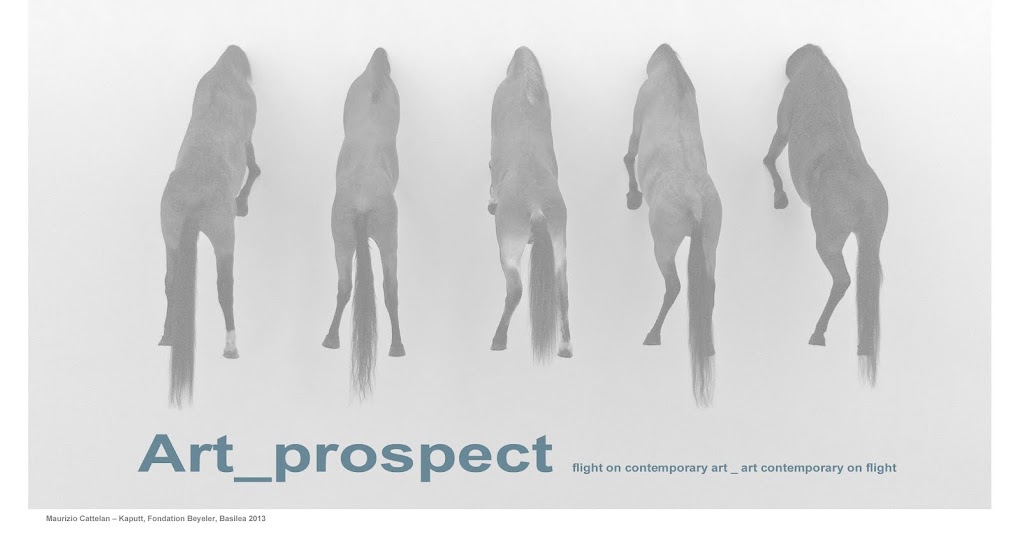 |
| Bepi Ghiotti - Materia Prima 'i Bui' black paint, XVII-XVIII century painting, wood, gold. 2016 |
Bepi Ghiotti
MATERIA PRIMA
30.10 - 27.11.2016
Castello di Rivara
Museo d'Arte Contemporanea
tel +39 0124 31122
P.zza Sillano 2,10080 Rivara, Torino.
Materia Prima could be seen as one of the many possible outcomes of Bepi Ghiotti's work
on the neobaroque space of Castle of Rivara. Only one of the possible results, reasonably,
determined by having to set a time limit to his tireless research. Yet, there is a moment
before, at the beginning of the artist's operation on the location, in whichtime has already
overwhelmingly taken its share as a raw material. Bepi's trained photographer eye
recognizes the majesty of time, which is manifested in the traces of life and art deposited in
the Castle's ambient by the passage of time. His work thus concentrates on an attempt to
resurface the essence of this space, almost sweeping away, one after the other, all the
layers of recent history.
 |
Bepi Ghiotti - Materia Prima '500W' 02 Kodak Carousel projector, loaders, wall. 2016
|
 |
Bepi Ghiotti - Materia Prima 'Cianotipi' Cyanotype on paper 122x82cm. 2016
|
Room after room, wall after wall, Ghiotti analyzes the geometries, listening to them breathe.
Like a chemist in an ancient laboratory, he captures the light coming through the windows in
different hours throughout the day. The light continuously changes, as does the perception
of the architectures, thus delivering an essential experience of the location, through the
artist's installation. The rooms of the neo-baroque villa, similar to living organisms, bring out
the primary elements of their physiology: the asynchronous pulse of the two projectors
beaming pure light, installed in the entryway; along the electromagnetic vibrations captured
with ancient gestures on the cyanotypes, in the partial views of faces and landscapes that
can only be imagined through scratches of light, torn away from the black of darkness, of
oblivion.
 |
| Bepi Ghiotti - Materia Prima - 'Cianotipi' - Cyanotype on paper 122x82cm. 2016 |
Through this intervention, which is almost an archaeological operation on the location,soaked in anthropological suggestions and ancient techniques, Bepi Ghiotti
reveals the heart to the audience. The viewer is led to the “source” of the identity of those rooms from the Eighteen hundreds, recovered through the artist's tenacious experience inside the Caslte and that of all its physical and unworldly dwellers. Walking through those rooms, among objects revealing the essence, one has the clear feeling of being inside a fully developing process, deeply interconnected with the ponderously conquered relationship the artist has had with the Castle of Rivara, day after day,
in the resounding loneliness of those huge, empty rooms.
 |
Bepi Ghiotti - Materia Prima '500W' 02 Kodak Carousel projector, loaders, wall. 2016
|
 |
Bepi Ghiotti - Materia Prima 'Cianotipi' Cyanotype on paper 122x82cm. 2016
|
 |
Bepi Ghiotti - Materia Prima 'Cianotipi' Cyanotype on paper 122x82cm. 2016
|
 | |
|
 | |
|
Castello di Rivara
Museo d'Arte Contemporanea
tel +39 0124 31122
P.zza Sillano 2,10080 Rivara TO














